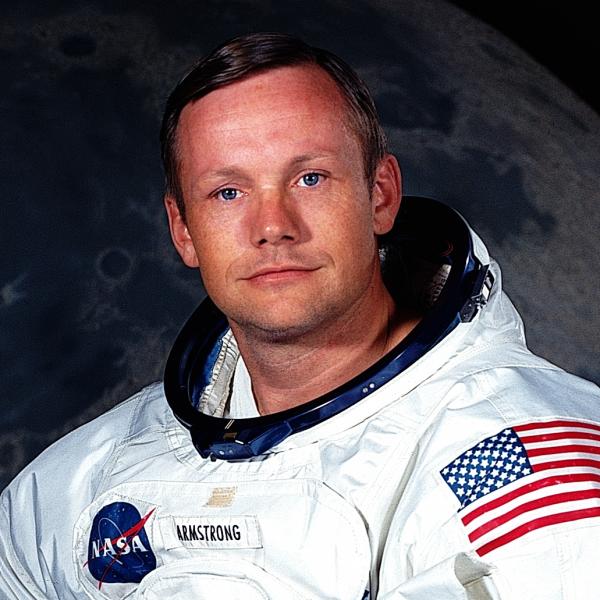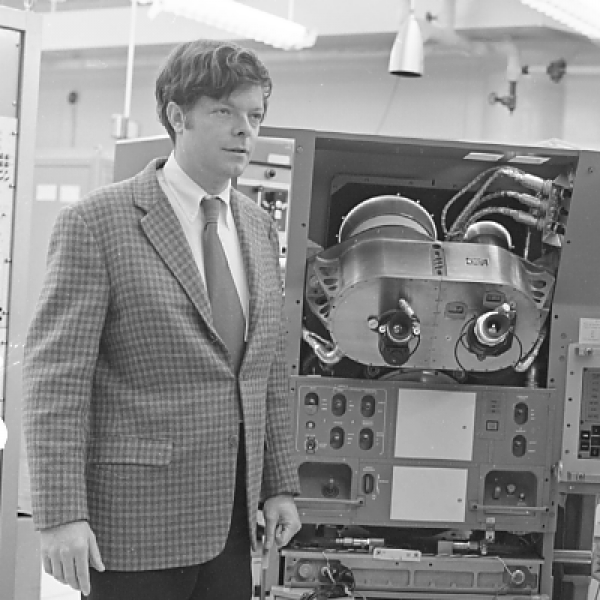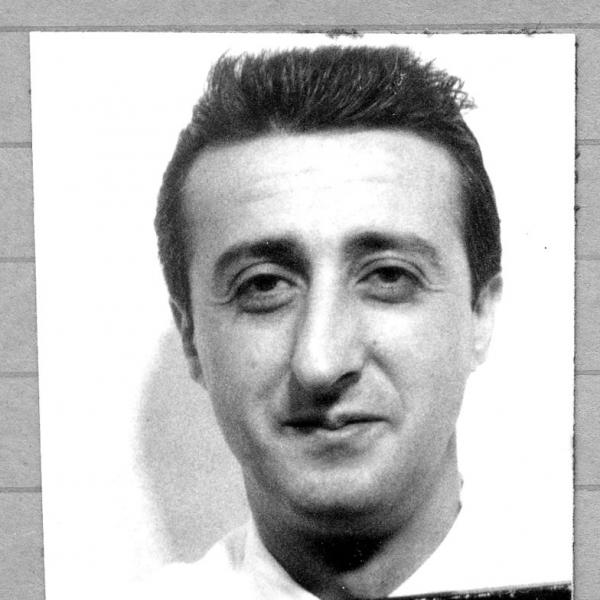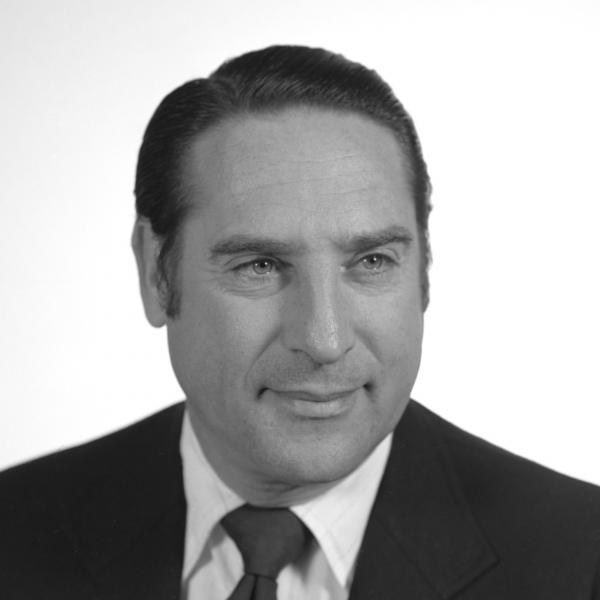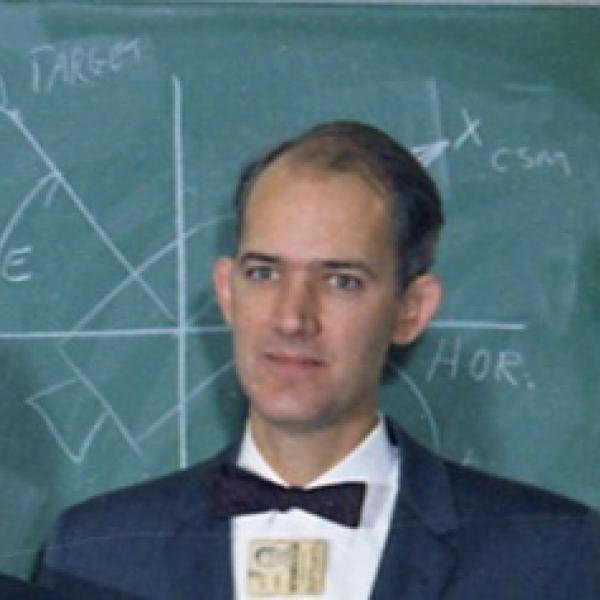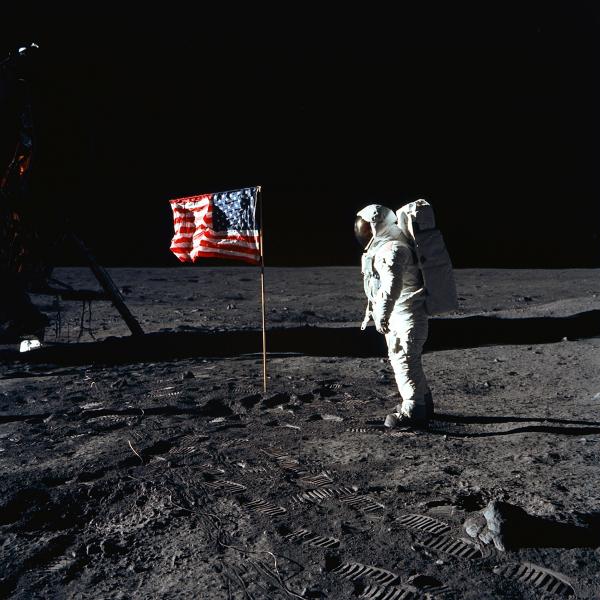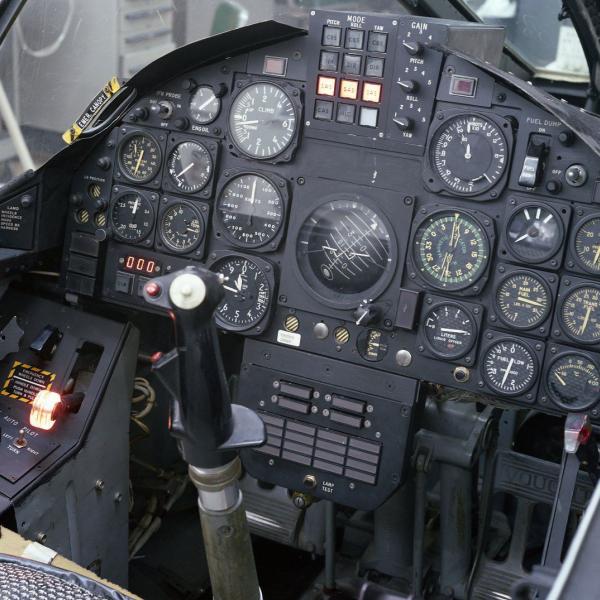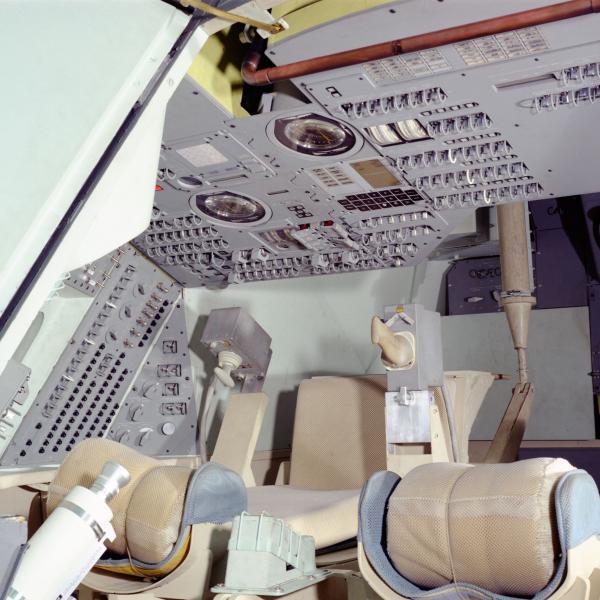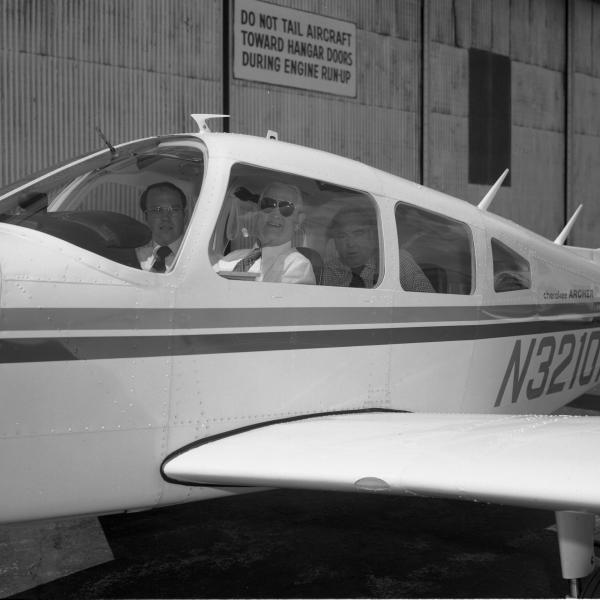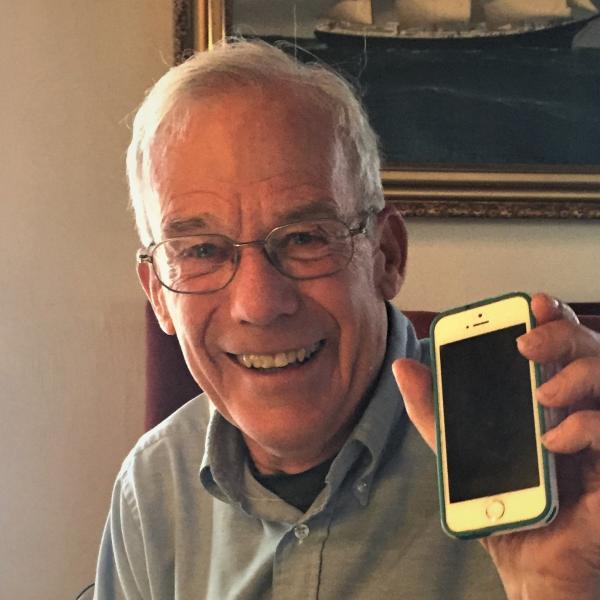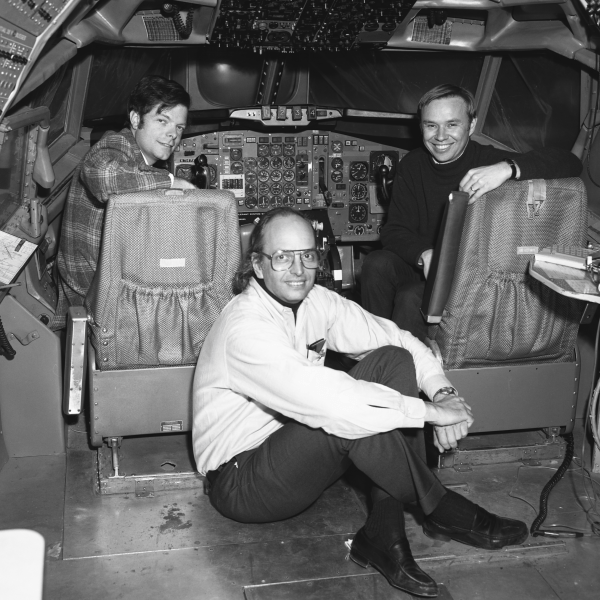
Neil Armstrong's Lasting Legacy
As a kid, Neil Armstrong—the first man on the moon—built model airplanes and had dreams of being an aircraft designer. He later went into piloting because he thought “a good designer ought to know the operational aspects of an airplane.” By 16, he was solo flying small planes at his local airport in Ohio and, when he signed up for the Navy after college, flew fighter jets in the Korean War. As an accomplished test pilot he flew tons of different aircraft, but also understood the complex systems that made these crafts fly, making him the perfect candidate for the Apollo missions.
While testing out a Lunar Landing Training Vehicle (LLTV), Armstrong had a near death experience. The LLTV was used to train astronauts who would land on the moon. It was basically a giant engine connected to thrusters and looked like a flying metal spider. For the astronauts, it was not only difficult to fly, but also dangerous. On a training flight in 1968, a propellant leak and windy conditions made flying almost impossible. Armstrong lost control of the craft. He ejected seconds before the LLTV crashed in a great big ball of flame. Despite the harrowing experience, Armstrong didn't crack. He even returned to work that same day and when a coworker asked about the crash, Armstrong simply said, "I lost control and had to bail out of the darn thing."
After the success of the Apollo missions, Armstrong became the associate administrator for aeronautics at NASA. He was asked by the airforce to consult on a project to upgrade their military jets. They wanted to outfit an F-8 fighter jet with an analog fly-by-wire system, but Armstrong had used a digital fly-by-wire system in the Apollo spacecraft that led to the success of the mission. “He knew it was reliable,” Don Fraser, engineer at the MIT Instrumentation Lab in the 60s, remembers, “In fact, the computer in Apollo and all the testing we did, in all the missions and all the subsequent uses [...] It never failed.” Soon all airplanes were outfitted with a digital system. Seamus Tuohy, the Director of Space systems at Draper, stated, “All of today's commercial aircraft benefit from Apollo.The ones you fly in to go on vacation, things like that, all fly digital control systems.The one that had its birth in Apollo.”
Neil Armstrong didn't just walk on the moon. Thanks to him, all modern aircraft now use a digital fly-by-wire system, which he continued to fly and test until his death.
